March 16, 2016
The difference between ‘recyclable’ and ‘recycled’ is management not material
 The Times (paywall) has uncovered some pretty remarkable statistics about the way the British consume coffee. It appears that we now buy some 2.5 billion paper cups of coffee each year, primarily from the main High Street chains. That’s about 7 million cups a day. The good news for the environmentally conscious public would appear to be that all the chains ensure that each cup is fully recyclable and so prominently displays its green cred where the consumer can’t miss it. The problem is that just 1 in 400 of the cups are actually recycled with the rest going to landfill. The firms involved may include recycling bins in-store, but that accounts for just a fraction of the disposal of the cups. As The Times points out, the companies understand that consumers are more impressed by the claim that a product is 100 percent recyclable than 0.25 percent recycled. They are swayed by the material and ignorant of the management.
The Times (paywall) has uncovered some pretty remarkable statistics about the way the British consume coffee. It appears that we now buy some 2.5 billion paper cups of coffee each year, primarily from the main High Street chains. That’s about 7 million cups a day. The good news for the environmentally conscious public would appear to be that all the chains ensure that each cup is fully recyclable and so prominently displays its green cred where the consumer can’t miss it. The problem is that just 1 in 400 of the cups are actually recycled with the rest going to landfill. The firms involved may include recycling bins in-store, but that accounts for just a fraction of the disposal of the cups. As The Times points out, the companies understand that consumers are more impressed by the claim that a product is 100 percent recyclable than 0.25 percent recycled. They are swayed by the material and ignorant of the management.








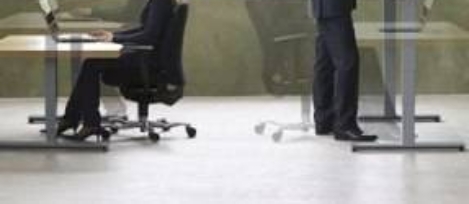
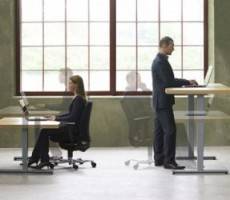
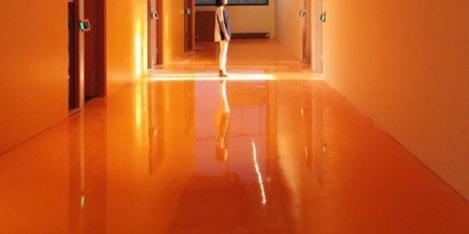
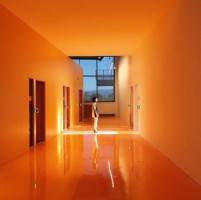


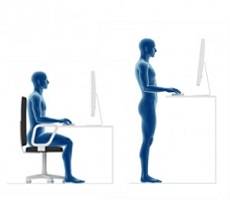

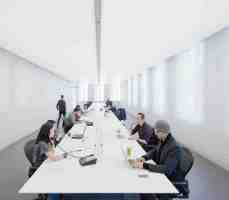
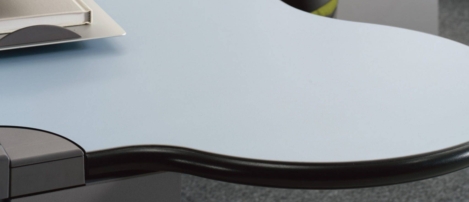
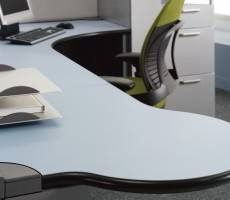 I was involved in a meeting with an office fit-out company this week which involved a discussion of how their clients can develop misconceptions about the extent to which their contemporaries are introducing new office design and management models based on agile working, shared space, mobile technology and all that other good stuff. This presents a particular challenge for firms in the sector because their day to day experiences of what clients talk about and ask from them can be pretty removed from the things talked about in the media. If you were to judge the state of the office solely on the basis of what you read and hear and see at shows, it would be easy to conclude that the office is indeed dying and dragging down with it the markets for office furniture, commercial property and traditional technology. The problem is that the facts don’t support that notion at all.
I was involved in a meeting with an office fit-out company this week which involved a discussion of how their clients can develop misconceptions about the extent to which their contemporaries are introducing new office design and management models based on agile working, shared space, mobile technology and all that other good stuff. This presents a particular challenge for firms in the sector because their day to day experiences of what clients talk about and ask from them can be pretty removed from the things talked about in the media. If you were to judge the state of the office solely on the basis of what you read and hear and see at shows, it would be easy to conclude that the office is indeed dying and dragging down with it the markets for office furniture, commercial property and traditional technology. The problem is that the facts don’t support that notion at all.











April 5, 2016
Scientific management and the enduring love of the open plan office
by Mark Eltringham • Comment, Furniture, Technology, Workplace design
(more…)